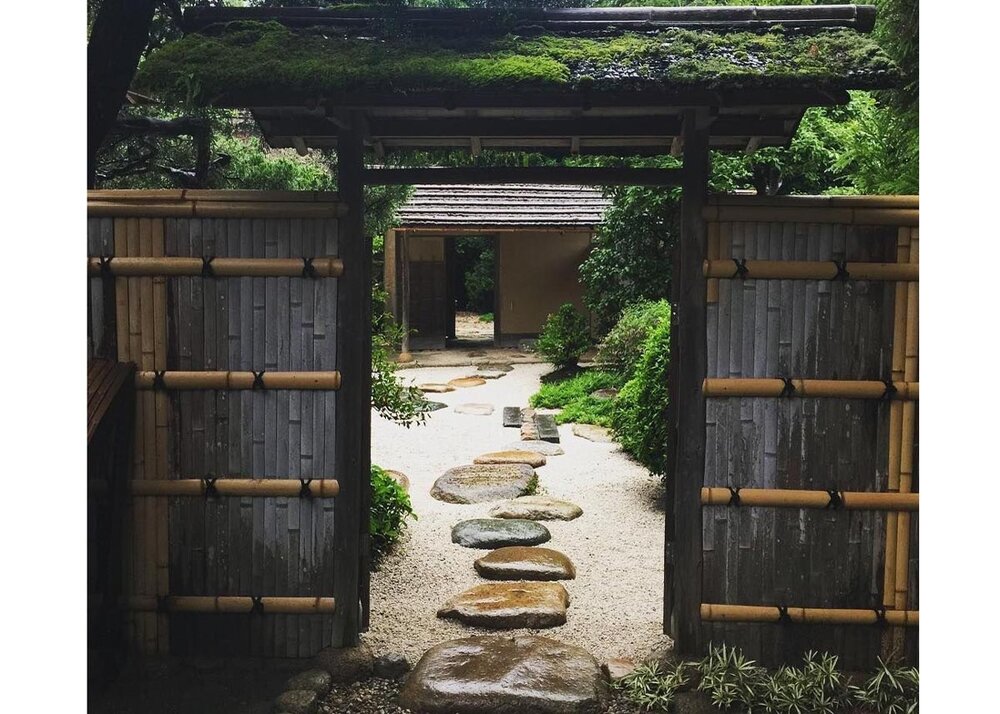I’ve been working on The Great Courses extensive selection of philosophy
texts over the past few years. If I count the time for each course, I’ve heard
over 200 hours of philosophy in science, nature, Greek and works of fiction.
I’ve loved every minute but I was starting to treat common ground too often.
During the course on the philosophy of science, I was exposed to a surprising
number of assumptions that scientists and western thinkers must make to
accommodate the system of though. In a recent reading of Aiken’s “Bridging
Cultures” he made numerous references to “western science”,
“eastern science” and “Indigenous science” as different
systems of knowing. Wanting to know more I started with Grant Hardy’s Great
Course on Eastern Intellectual Traditions.
What a journey! Grant orients his lectures around the Darshana (Hindu and
Indian philosophy), Daoist (Chinese cultural practices), and ______(Japanese
cultural practices), however; it also covered some practices in Tibet, Korea
and Indonesia.

I strongly recommend this course to people interested in a
jumping off point to start studies in Eastern culture because it not only
provides insight onto what happens today, by why the systems of thought that
exist in modern times, have persisted or been created over the past 2000 years.
Japanese intellectual tradition borrows a lot but has managed to create it’s own identity. It’s characters are mostly borrowed from China, however; in Japanese these symbols have different meanings and pronunciations. Japan’s ability to adapt the ideas of other nations include Daoism, Buddhism and Christianity, but it also extends to ideas of science and imperialism that will dictate the modern wars that occur between 1800 and 1950s.

The Japanese have terms that don’t exist in the English language. The one I’d like to focus on is “Wabi Sabi”. It’s actually two terms that roughly translate to slow repetition, and clam staying power. I think our closest terms might be something like “rustic” but it’s not limited to “old” or “worn”. The Japanese see beauty in things that are done slowly, deliberately and this influences much of their performance art. Additionally “Wabi Sabi” is referring to something with staying power. When new monuments are first erected, the people will often wait to go and see, needing the object almost to ferment in existence.
These ideas manifest in many ways. They find value in old objects and ideas, rather than new flashy trends. They seek to repair or maintain these objects, where as Western societies are more likely to through them away.
I hope that I can build lasting relationships with my community, with sights set on repairing old, strong relationships rather than cheap quick relations. I hope that my classes grow over time, that the lessons I teach expand and become exciting and more fulfilling to my students than just work.




